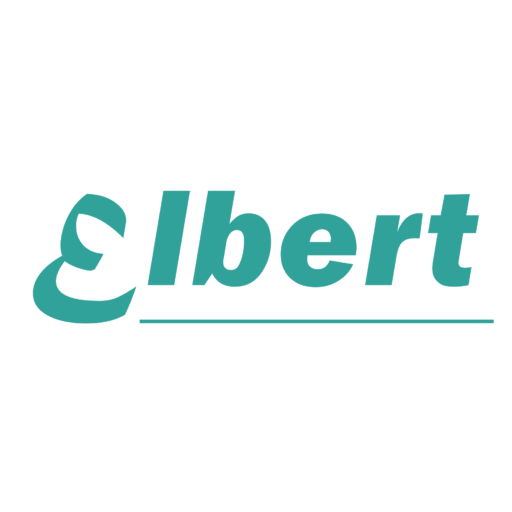Shammy Cloth
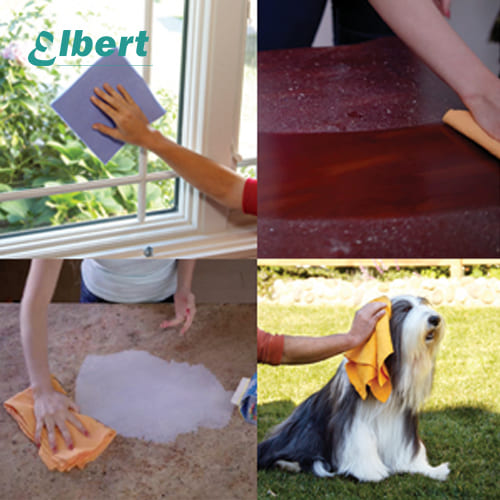
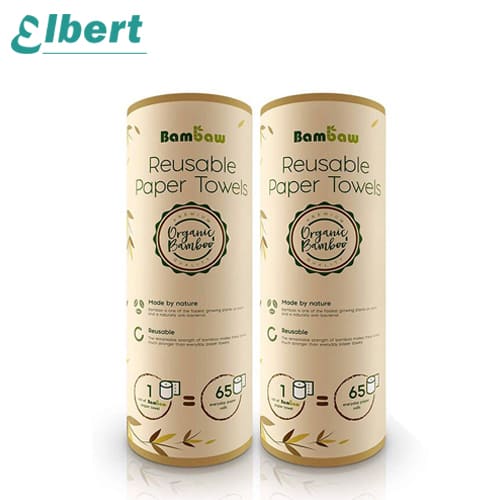
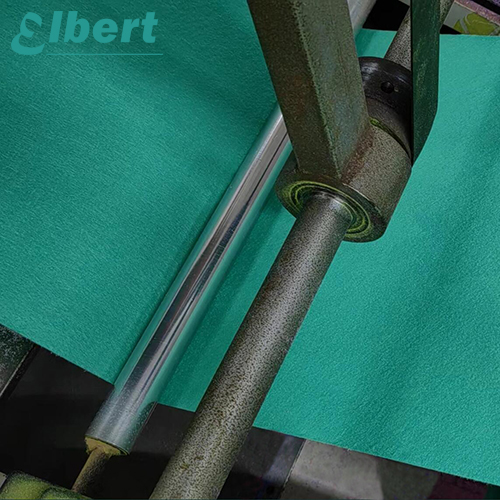
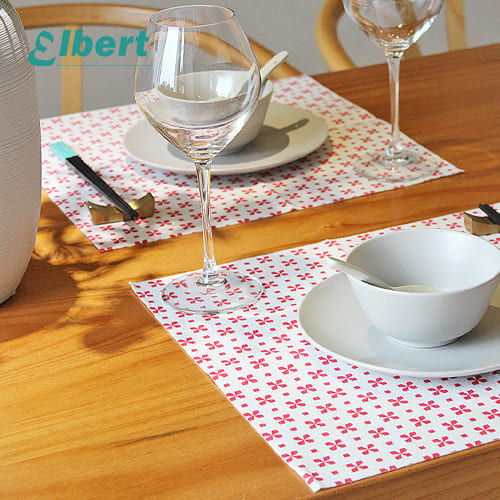
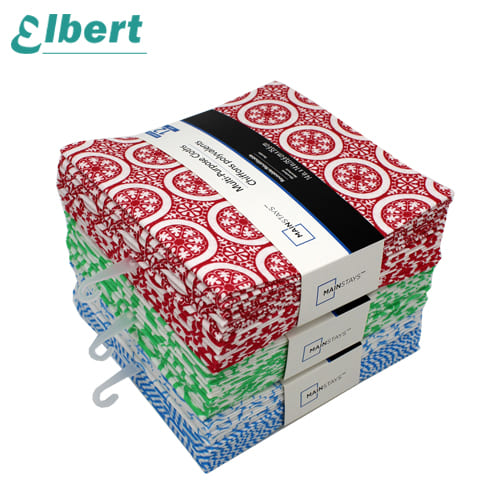
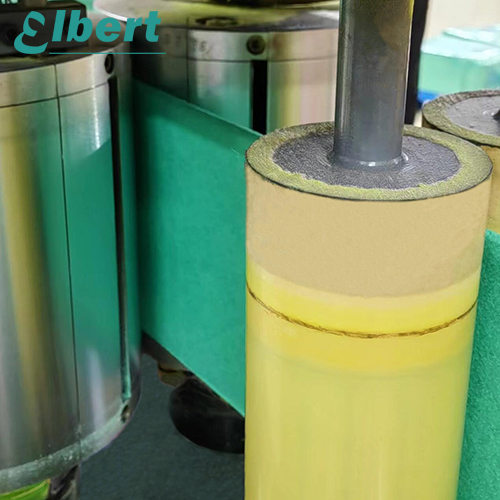
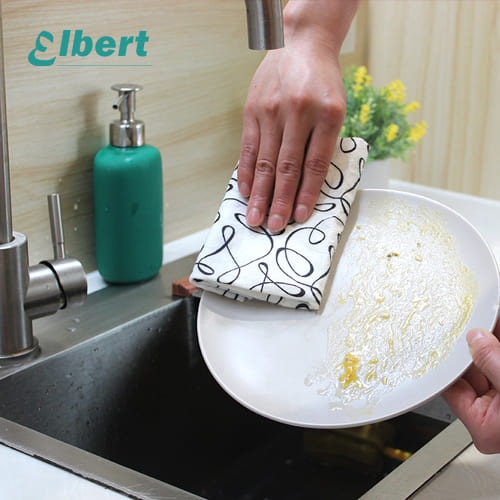
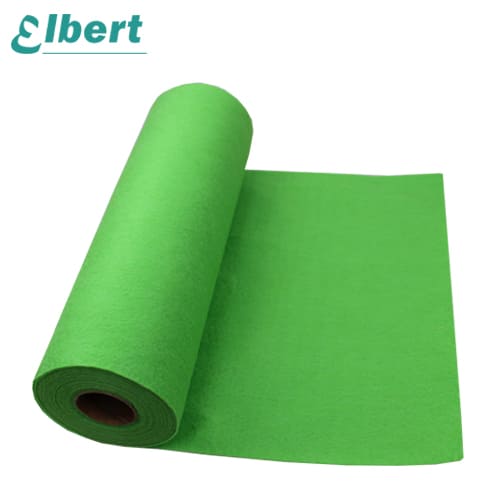
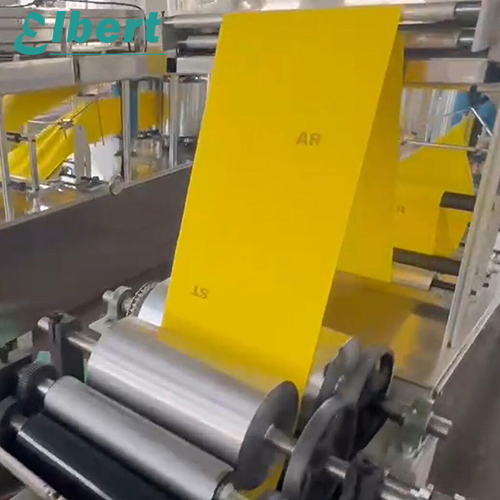
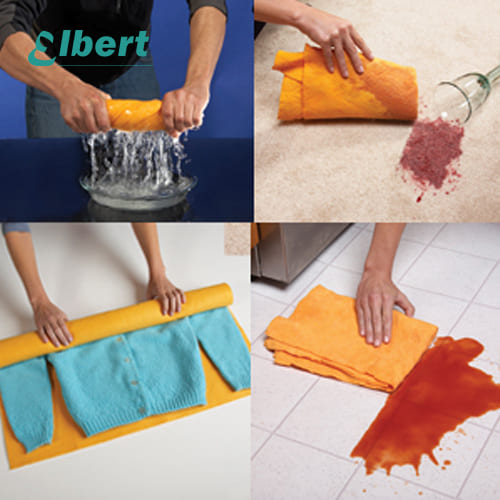
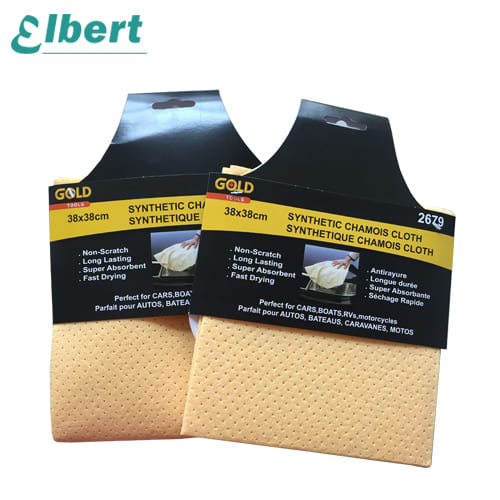
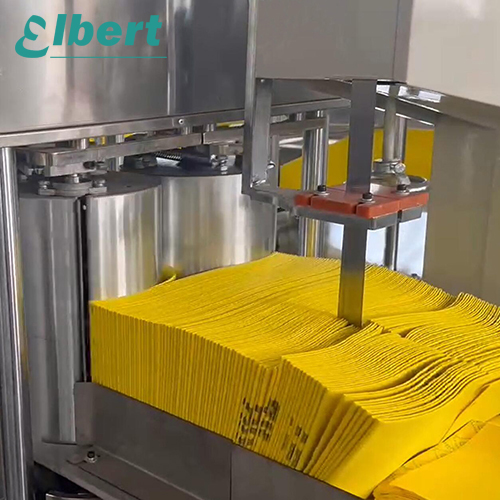
Shammy Cloth is a unique fabric that has many uses in modern industries. In this article, we will explain how shammy cloth is made, its key features, where it is used, its pros and cons, and the market trends that drive its development. We will also share details about our company, ELBERT, based in China, and our business model, products, and competitive edge.
1. Introduction
Shammy cloth is known for its durability and versatile use. It is made using modern manufacturing techniques. The production involves several steps. Each step is important for the final quality of the cloth. Our company, ELBERT, is a trusted brand in the cleaning and textile industry. We export products to Europe, North America, South America, Australia, and many other regions. Our business model is based on B2B and OEM/ODM services. We take pride in our commitment to quality, customization, and sustainability.
ELBERT has invested in modern production facilities. We use four non-woven fabric production lines, twenty-two folding and rolling machines, eight fully automatic wet wipes production lines, and six fully automatic microfiber towel production lines. We work with well-known partners and trade shows. This article covers the detailed process behind shammy cloth and places it in the context of our overall product line and market trends.
2. Manufacturing Process
The production of shammy cloth involves several clear steps. Each step contributes to its high strength, good breathability, and other key features. The main processes include fiber preparation, fiber web formation, needlepunching, and post treatment.
2.1 Fiber Preparation
The first step is to select and prepare the fibers. Raw materials such as plant fibers, recycled fibers, or synthetic fibers are chosen. The fibers are cleaned and cut to the right size. This step ensures that the fibers are pure and ready for processing.
2.2 Fiber Web Formation
After preparation, the fibers are laid out into a web. The fibers are spread evenly to form a loose mat. This step is very important. It helps in creating a uniform fabric. Machines help to spread and align the fibers so that the final product has a balanced structure.
2.3 Needlepunching Process
Needlepunching is a key step in the production. In this process, the fiber web is passed under a needle board. The needles punch the fibers, causing them to intertwine and lock together. This process gives the cloth high strength and durability. It also helps in enhancing the texture of the fabric.
2.4 Post Treatment
After needlepunching, the fabric goes through post treatment. This may include washing, drying, and applying finishing agents. The post treatment helps in improving breathability and other desired features. It also ensures that the cloth meets quality and environmental standards.
The following table summarizes the manufacturing process:
| Process Step | Description | Key Result |
|---|---|---|
| Fiber Preparation | Selection, cleaning, and cutting of raw fibers | Pure, uniformly sized fibers |
| Fiber Web Formation | Even distribution and alignment of fibers to form a loose mat | Uniform and balanced fiber web |
| Needlepunching | Needles interlock the fibers, creating a strong, intertwined structure | High strength and durability |
| Post Treatment | Washing, drying, and finishing to improve texture and breathability | Enhanced functionality and quality |
3. Main Features of Shammy Cloth
Shammy cloth has several attractive features. The cloth is made to be strong, breathable, and customizable. It is also eco-friendly and cost effective. Below are the main features:
-
High Strength: The needlepunching process provides excellent durability. This means the cloth can be used for demanding tasks.
-
Good Breathability: The fabric structure allows air to pass through. This helps in keeping it cool and fresh.
-
Customizable: Customers can choose different colors, sizes, and prints. This makes the product versatile for many uses.
-
Eco-Friendly: We use materials that are safe for the environment. Our production methods follow eco-friendly standards.
-
Cost Efficient: The production process is streamlined to reduce waste and cost. This results in competitive pricing for customers.
A simple bullet list can help in understanding these features clearly:
-
High strength
-
Good breathability
-
Strong customization options
-
Environmentally friendly materials
-
Economic efficiency
4. Application Fields
Shammy cloth is used in a wide range of areas. Its flexibility makes it a good choice for many industries. Here are the main application fields:
4.1 Filtering Materials
Shammy cloth is used as a filter material in air and water purification. Its fine fibers capture particles effectively. This makes it a trusted material for cleaning air and liquids.
4.2 Geotextiles
The cloth is also used in civil engineering. In geotextiles, it helps in soil stabilization and erosion control. Its strength and durability are key in this application.
4.3 Automotive Interiors
In the automotive sector, shammy cloth is used for interior applications. It helps in the creation of seat covers and dashboard fabrics that are durable and comfortable.
4.4 Home Furnishings
Home furnishings also benefit from the use of shammy cloth. It is used in products such as cleaning cloths, cushion covers, and decorative items. The product adds value by being both functional and stylish.
4.5 Industrial Materials
Industries use shammy cloth for various applications. It can be found in cleaning wipes, industrial rags, and other work wear. The cloth holds up well under heavy use.
4.6 Insulation Materials
The good breathability and structure of the cloth allow it to serve as an insulation material. This helps in temperature control in buildings and vehicles.
4.7 Packaging Materials
Due to its durability, shammy cloth can be used as a packaging material. It protects sensitive items during transport and storage.
4.8 Other Fields
Other applications include agricultural covers and medical supplies. In agriculture, the cloth is used to cover and protect plants. In the medical field, it is used for cleaning and protective purposes.
Below is a chart that shows the various applications and their benefits:
| Application | Benefit |
|---|---|
| Filtering Materials | Particle capture |
| Geotextiles | Soil stabilization |
| Automotive Interiors | Durability & comfort |
| Home Furnishings | Style & functionality |
| Industrial Materials | Heavy use performance |
| Insulation Materials | Temperature control |
| Packaging Materials | Protection in transit |
| Agriculture | Plant protection |
| Medical Supplies | Hygiene & safety |
5. Advantages and Limitations
Shammy cloth offers several advantages, but it also has some limits. Understanding these helps in making the right choice for its use.
5.1 Advantages
-
Multifunctional: The cloth can be used in many fields. Its design allows for different uses.
-
Durability: It is built to last. The needlepunching process makes it strong.
-
Eco-Friendly: The materials and process are chosen to reduce environmental harm.
-
Customization: The cloth can be made to match specific needs. Customers can choose the color, size, and print.
5.2 Limitations
-
Hard Hand Feel: The texture of the cloth may feel hard to some users. This can limit its use in some applications.
-
High Production Cost: The process and quality materials may raise costs. This can affect pricing in competitive markets.
The table below summarizes these points:
| Aspect | Advantages | Limitations |
|---|---|---|
| Functionality | Multifunctional and customizable | May feel hard on touch |
| Durability | Long-lasting due to robust needlepunching | Production cost can be high |
| Environmental | Made with eco-friendly materials and processes | May not suit all price-sensitive markets |
| Versatility | Applicable in filtering, automotive, industrial, etc. | Specific texture may limit some uses |
6. Market and Development Trends
The market for shammy cloth and similar materials is evolving. There are a few trends that are important in this area:
6.1 Functional Improvement
Manufacturers are working to improve the functions of the cloth. They aim to enhance properties such as absorbency, strength, and softness. Research in material science helps in these improvements. Industry leaders publish their findings in academic journals and trade magazines. For instance, ScienceDirect has several articles on material improvements.
6.2 Eco Materials Application
There is a growing need for eco-friendly products. Customers now value products that do not harm the environment. Manufacturers are using plant fibers like viscose, wood pulp, and corn fiber. This shift towards sustainable materials is supported by global standards and certifications such as OEKO-TEX and FSC. Learn more about eco standards at OEKO-TEX.
6.3 Smart Manufacturing
Automation and smart manufacturing are key trends. The use of advanced machines and digital control systems improves the quality and consistency of production. Companies invest in automation to reduce costs and improve speed. This trend is seen in many manufacturing industries, including textiles.
A simple bar chart shows these trends:
Market Trends in Shammy Cloth Manufacturing
Trend: Importance (Scale 1-10)
- Functional Improvement: Importance = 8
- Eco Materials: Importance = 9
- Smart Manufacturing: Importance = 7
These trends point to a future where shammy cloth will be more advanced. Companies that invest in research and quality will lead the market. Global demand for sustainable and high-quality products continues to grow.
7. About ELBERT
My name is Elbert Zhao, and I represent ELBERT. Our company is based in China. We specialize in non-woven cleaning wipes, functional wet wipes, and microfiber towels. Our product range also covers household cleaning, industrial cleaning, car cleaning, and multifunction cleaning series.
Company Overview
-
Business Model:
We work on a B2B model and offer OEM and ODM customization services. Our customers include dealers, brand owners, and OEM service providers. -
Production Technology and Equipment:
We run four non-woven fabric production lines. Our production facility includes twenty-two folding and rolling machines, eight fully automatic wet wipes production lines, and six fully automatic microfiber towel production lines. -
Market Reach:
We export our products to Europe, North America, South America, Australia, Belt and Road countries, Southeast Asia, and Africa.
Company Vision and Values
We follow a group development model. Our goal is to create value for our customers. Our mission is to provide high-quality, stylish, and customizable cleaning products. We aim to support our clients’ businesses worldwide. Our brand, ELBERT, is built on the values of quality, reliability, and sustainability.
Competitive Advantages
-
Integration of Industry and Trade:
We are proud to be a fully integrated company. We work with partners to ensure fast delivery and stable logistics. -
Quality Assurance:
Our quality control team performs three inspections before the product leaves the factory. We hold certificates such as OEKO-TEX, FSC, BSCI, SGS, ISO, and more. -
Customizable Options:
We support full customization. Customers can choose colors, sizes, prints, and packaging options. -
Logistics and Supply Chain:
Our location near the Yangtze River, and our proximity to major ports like Shanghai and Ningbo, allow us to ensure fast global delivery. We work with DHL, FedEx, COSCO, CMA CGM, Maersk, and MSC.
Services and Support
Our professional sales team offers quick response times. We provide detailed order tracking and support throughout the production process. Our long-term partners include well-known brands in North America, Europe, and other regions. We also take part in international trade fairs like the Canton Fair, Frankfurt Consumer Goods Fair, and the Las Vegas Consumer Goods and Gifts Show.
8. Conclusion
Shammy cloth stands out due to its production process and practical features. Its high strength, good breathability, and eco-friendly nature make it a popular choice in many fields. From filtering materials to automotive interiors and industrial applications, shammy cloth meets many demands.
The production process is clear. It starts with careful fiber preparation, then moves to fiber web formation, needlepunching, and post treatment. Each step is managed to ensure high quality. The final product is multifunctional, durable, and customizable. Although it has a hard feel and the production cost can be high, the benefits often outweigh the limits.
Market trends are moving towards functional improvement, use of eco materials, and smart manufacturing. This is a sign of a bright future for shammy cloth. With continuous research and adherence to global standards, the industry will keep growing.
At ELBERT, we use advanced equipment and processes. We value quality and environmental care. We work hard to meet the needs of our customers and to lead in the field of cleaning and textile products. Our mission is clear. We provide high-quality products with customization and reliability. This commitment makes us a trusted partner for many businesses worldwide.
This article has given a detailed look at the shammy cloth industry. It has explained the manufacturing steps, the key features, the many applications, and the trends in the market. Our company, ELBERT, stands ready to serve customers who value quality, innovation, and sustainability. For more information, please visit our website at www.elbertwipes.com or contact me at [email protected].
Supplementary Tables and Charts
Manufacturing Process Table
| Step | Activity | Result |
|---|---|---|
| Fiber Preparation | Select, clean, and cut fibers | Pure and uniform fibers |
| Fiber Web Formation | Spread fibers into a loose mat | Evenly distributed fiber web |
| Needlepunching | Needles interlock fibers | Strong, durable fabric |
| Post Treatment | Wash, dry, finish fabric | Enhanced texture and breathability |
Advantages and Limitations Table
| Aspect | Advantages | Limitations |
|---|---|---|
| Functionality | Versatile use across many industries | Hard feel on touch |
| Durability | Long-lasting, robust structure | Higher production cost |
| Environmental | Made with eco-friendly materials | Not always suited for low-budget use |
| Customization | Options for color, size, print, and packaging | May need extra time for customization |
Market Trends Bar Chart
Below is a simple representation of market trends in the shammy cloth industry:
Functional Improvement: 8/10
Eco Materials: 9/10
Smart Manufacturing: 7/10
Final Thoughts
The world of shammy cloth is clear and practical. With a simple production process and many uses, it is a product that meets modern needs. Our commitment at ELBERT is to lead with quality, eco-friendly practices, and customer service. We believe that by keeping our processes clear and our goals simple, we will continue to provide excellent products that serve a wide range of applications.
For further reading, you can check external resources such as ScienceDirect for articles on textile innovations and OEKO-TEX for standards in eco-friendly fabrics.
Thank you for reading this detailed article on shammy cloth. We hope it has given you a clear view of its production, features, applications, and market trends. We look forward to working with you and answering any questions you might have. Feel free to reach out via email at [email protected].
Elbert Zhao
Founder, ELBERT Wipes Solutions
📧[email protected] | 🌐 www.elbertwipes.com
8 production lines | 22 processing lines | OEKO-TEX certified | Walmart-approved supplier

